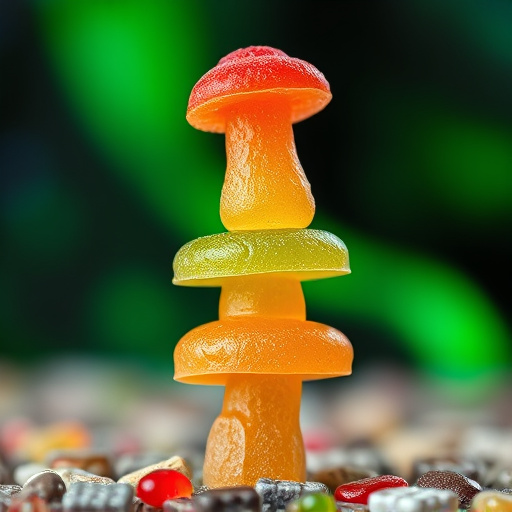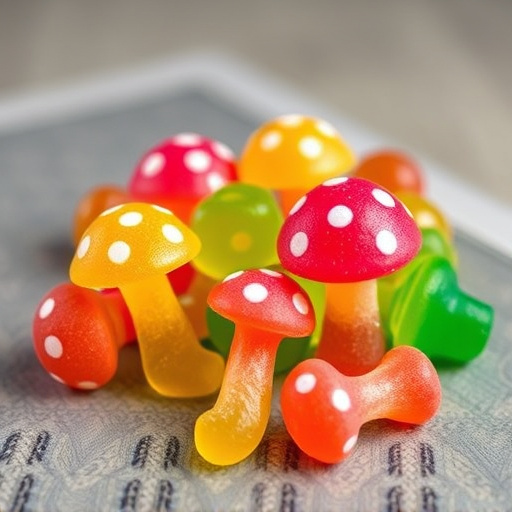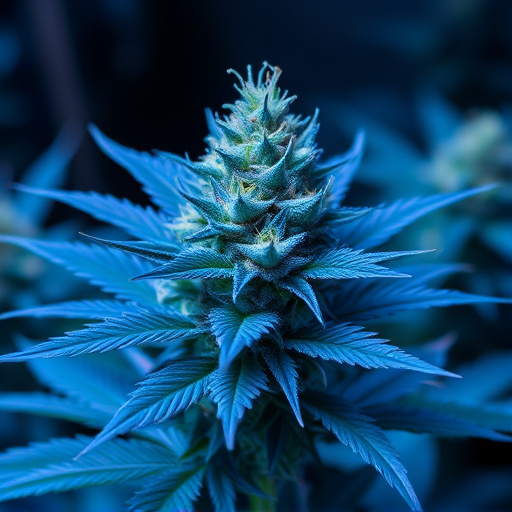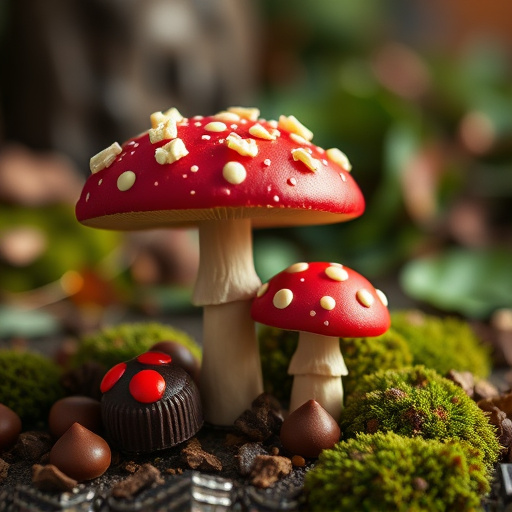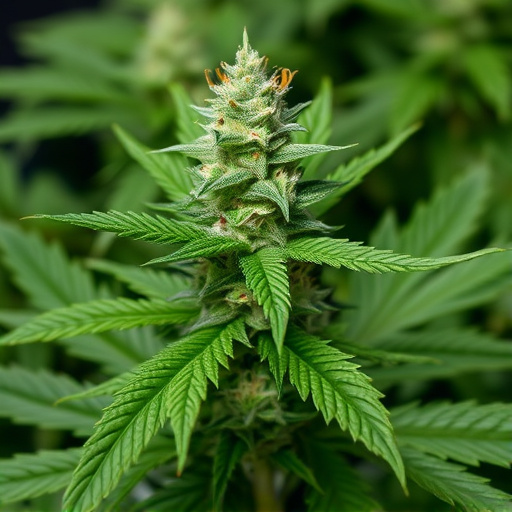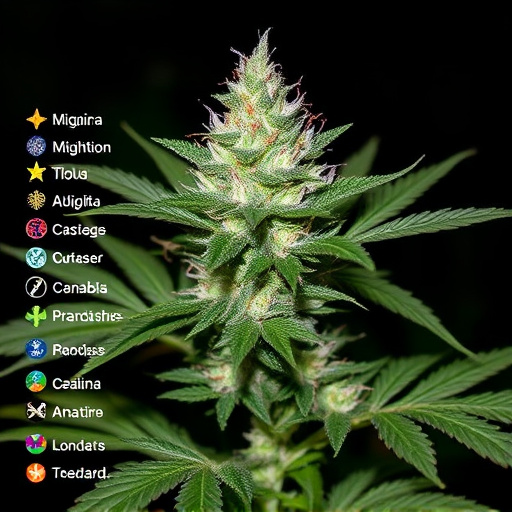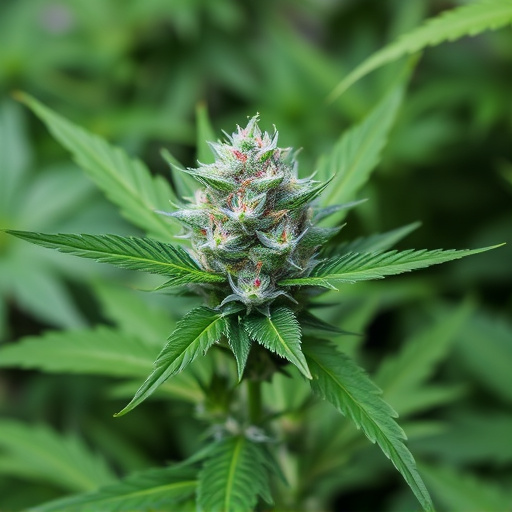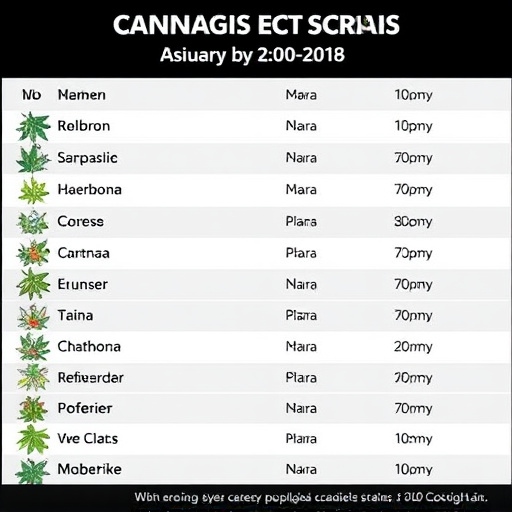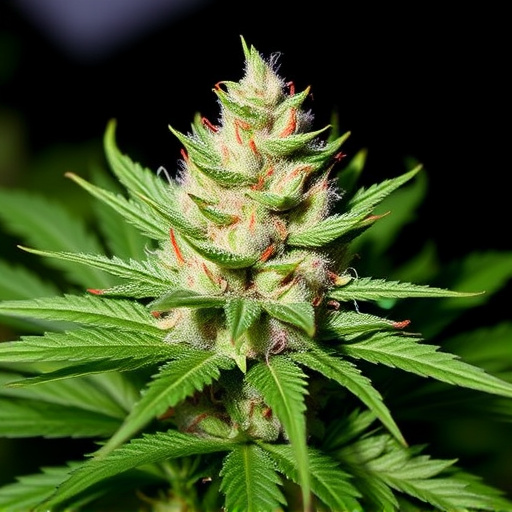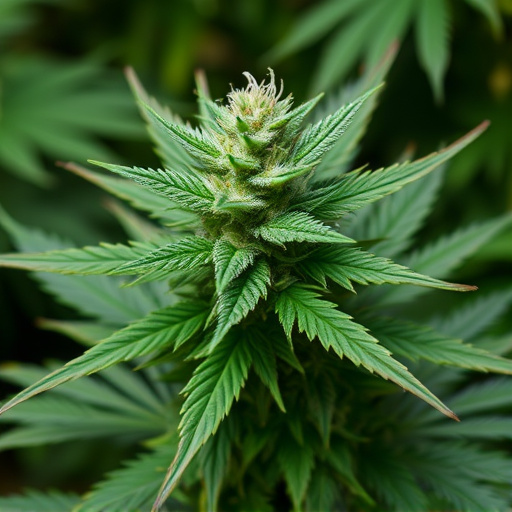The unique effects of cannabis flower ("bud") stem from its chemical composition, featuring over 100 cannabinoids like THC and CBD, which offer distinct experiences. THC induces psychoactive effects while CBD provides therapeutic benefits without mental stimulation. Popular strains like Blue Dream (high THC) and hemp varieties (rich in CBD) cater to specific needs such as pain relief or anxiety reduction. Terpenes, aromatic compounds, also influence effects by interacting with cannabinoids, making understanding their profiles key for desired results when choosing among the most popular cannabis strains.
“Unraveling the complex world of cannabis flower reveals a spectrum of effects that cater to diverse user experiences. This article delves into the intricate chemistry behind its therapeutic potential, focusing on the key players: CBD and THC, alongside the aroma-rich terpenes. From the immediate sensations to long-term considerations, we explore how different strains, including the most popular cannabis varieties, produce unique physical and mental responses. Understanding these effects is crucial for both casual consumers and those seeking tailored medicinal options.”
- The Chemical Composition of Cannabis Flower and Its Impact
- – CBD vs THC: Understanding the Main Compounds
- – Terpenes and their Role in Cannabis Effects
The Chemical Composition of Cannabis Flower and Its Impact
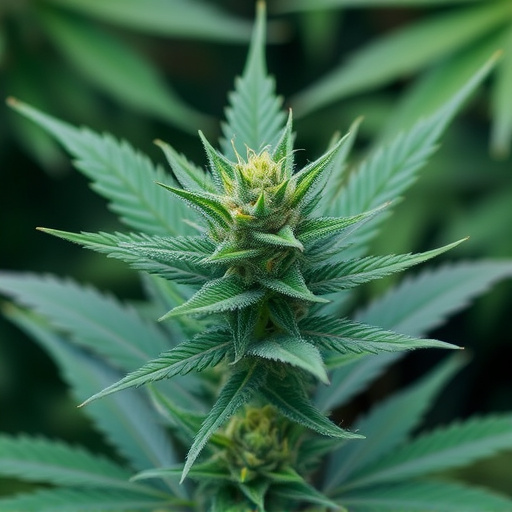
The chemical composition of cannabis flower, often referred to as the “bud” or “flower,” is what gives it its unique effects and medicinal properties. Cannabis contains over 100 different cannabinoids, with tetrahydrocannabinol (THC) and cannabidiol (CBD) being the most well-known. THC is responsible for the psychoactive effects that produce feelings of euphoria and relaxation, while CBD offers therapeutic benefits without the same level of mental stimulation. This delicate balance of cannabinoids contributes to the diverse range of experiences associated with different cannabis strains—what many consider the most popular cannabis strains today.
These cannabinoid profiles vary across strains, each offering distinct characteristics. For instance, some strains are known for their high THC content, providing potent psychological effects ideal for managing chronic pain or anxiety. Others focus on elevated CBD levels, appealing to those seeking relief from inflammation and seizures without the mental impairment. The variety of popular cannabis strains reflects a deep understanding of these chemical compounds and their impact on the body’s endocannabinoid system, which plays a crucial role in regulating mood, memory, appetite, and pain perception.
– CBD vs THC: Understanding the Main Compounds

Cannabis flower, known for its diverse effects, is primarily composed of two key compounds: CBD (Cannabidiol) and THC (Tetrahydrocannabinol). While both are cannabinoids, they interact with the body differently, leading to distinct experiences.
THC, often found in popular cannabis strains like Blue Dream or Girl Scout Cookies, is responsible for the plant’s psychoactive properties, inducing feelings of euphoria and relaxation. It binds to CB1 receptors in the brain, affecting mood, memory, and sensory perception. In contrast, CBD, prevalent in strains like hemp-derived varieties, doesn’t produce a “high.” Instead, it interacts with the endocannabinoid system, modulating pain, inflammation, and anxiety without altering cognitive functions. This distinction makes CBD a popular choice for those seeking therapeutic benefits without psychoactivity.
– Terpenes and their Role in Cannabis Effects

Terpenes, often referred to as the “aromas” of cannabis, play a pivotal role in determining the effects users experience from different strains. These volatile organic compounds are responsible for the distinct scents and flavors associated with various cannabis varieties. Beyond their contribution to the sensory experience, terpenes also interact with the plant’s cannabinoids, like THC and CBD, potentially enhancing or modifying their effects. For instance, myrcene, one of the most prevalent terpenes in many popular cannabis strains, is known for its sedative properties, making it a common ingredient in products intended for relaxation and sleep.
The most popular cannabis strains often boast unique terpene profiles, which contribute to their diverse effects. Strains like Blue Dream, with its balanced mix of terpinolene and myrcene, are renowned for providing uplifting yet calming experiences. On the other hand, strains rich in limonene, such as Citrus or Super Lemon Haze, are associated with more invigorating and energizing effects. Understanding terpene profiles is becoming increasingly important as consumers seek specific cannabis varieties to address particular needs, whether it’s relief from anxiety, improved focus, or simply a pleasant sensory experience.
Cannabis flower’s effects are multifaceted, influenced by its chemical composition, including cannabinoids like CBD and THC, as well as terpenes. Understanding these components is crucial in navigating the diverse experiences associated with different strains, which vary in their ratios of these chemicals. While THC offers psychoactive effects, CBD provides potential therapeutic benefits without intoxication. Terpenes further contribute to the unique aromas and subtle influences on mood and perception. Among the most popular cannabis strains, these variations create a wide spectrum of experiences, making informed choices essential for both recreational users and those seeking specific medicinal relief.

